-
Posts
252 -
Joined
-
Last visited
Content Type
Profiles
Forums
Events
Gallery
Blogs
Store
Posts posted by pedroinlondon
-
-
4 hours ago, Alan de Enfield said:
So, as suggested, it is an LPW4 with left hand rotation (A) and build number 48.
I have PDF manuals, if you would like copies - just message me with your email address.
Thanks Alan!
4 hours ago, Tony Brooks said:The engine number says it is an LPW4
Google says the LPW3 fuel lift pump is NOT an electric one and has a priming lever, so as I said turning the ignition on will do nothing.
This is the wrong way round, it is return from the engine to the tank. This one does not need bleeding as such because any air in it will be pushed into the tank by fuel flow once the Engin is running, there it will simply disperse.
Sorry Tony. I meant to write that but my mind slipped. I have edited it above.
4 hours ago, Tony Brooks said:The engine number says it is an LPW4
Google says the LPW3 fuel lift pump is NOT an electric one and has a priming lever, so as I said turning the ignition on will do nothing.
This is the wrong way round, it is return from the engine to the tank. This one does not need bleeding as such because any air in it will be pushed into the tank by fuel flow once the Engin is running, there it will simply disperse.
This bit is correct, but to get it to make the fuel flow into the filter you need to pump the priming lever on the lift pump. If the lever feels as it it has a lot of slack an dnot much pumping action turn the engine by about one turn, because the slack means the internal pump lever is sitting on the back of the eccentric on the cam.
Once air free fuel flows out - prime for at least 30 seconds once you think all the air is out in case there is a bubble in the pipe work. Tighten the bolt.
On that engien if you then try to start it there is every chnace it will, it may well start and then shake about a bit whileany air that has got inot the high pressure injection system clears. If it stops spin on the the starter in 30 second bursts a few times.
On other engiens and this one if you want to, rather that trying to start it right away, after bleeding the filter you can loosen (about half to one turn) the big nuts on the injector pipes at the injector end and spin on the starter. When fuel drips or spts from the loose unions tighten them and it should start.
Alan sent me the manual and drawings to the engine, so I'll try finding my way around it over this afternoon. I don't know where the priming lever on the lift pump or the injector bolts are, but I will surely know before the day is over. Hopefully... Maybe...
Thanks Tony!4 hours ago, Tony Brooks said:Ala
-
12 hours ago, Tony Brooks said:
First of all Google does not recognise Lister Petter PW4A48, but returns hits for an LPWx where x is the number of cylinders. Google also shows LPW lift pump as mechanical, so turning the ignition on will do nothing to help bleeding.
I think that you need to clarify exactly what engine you have, you also need to clarify if you have a mechanical or electrical lift pump. If you don't know, then post photos of your engine showing both SIDES so we can identify the lift pump and advise.
Bleeding engines is not usually particular difficult, and those Lister engines seem to bleed automatically, but I would not do that if the lift pump has a priming lever.
I think we await the clarifications.
Good morning Tony
Here are the two photos I have.
I can take more this afternoon when I return to the boat.
Thanks
On a separate thread, Peugeot 106 said:
It’s Lister Petter LPW 4 cylinder 40 bhp build 48 (marine build) built in 2007 also known as Canal Star or Alpha. All spares Manuals etc available from Richard at MES Midlands or Sleeman Hawker Dorset and others. Manuals and Parts List also available online FOC
11 hours ago, Alan de Enfield said:There is Lister range numbered LPA3, LPA4 etc I wonder if it is one of those.
My Lister manual covers the LPA3, LPA4 as well as the LPWS3, LPWs4 etc, LPWT3 ...........
I think it is probably an LPW4 A (rotation) and 48 (build), but having said that ..............
But - Could it be an LPA4 48 ?
With the '48' being the build specification ?
Engine Serial Number
The engine serial number is stamped on a plate
attached to the engine.
It is necessary to identify the type and build of each
engine to enable the correct maintenance procedures,
as described later in this publication, to be carried
out.
An example number is shown below.
03 00123 LPW3 A 01
03 ............ Year of manufacture code (03 = 2003)
00123 ...... Consecutive number of engine
LPW3 ...... Model
(T = turbocharger, S = indirect injection)
G = gas fuelled)
A .............. Anticlockwise rotation
01 ............ Build of engine01.4.3 Marine Builds
Marine engines are designated Builds 40, 41, 42,
43, 44, 45, 46, 47, 48 and 49.
In general 'Alpha' marine propulsion engines are
designed for the following applications.
LPA - leisure and commercial craft.
LPW - workboats and commercial craft.
LPWT - workboats and commercial craft.
LPWS - canal boats.On a separate thread, Peugeot 106 said:
''It’s Lister Petter LPW 4 cylinder 40 bhp build 48 (marine build) built in 2007 also known as Canal Star or Alpha. All spares Manuals etc available from Richard at MES Midlands or Sleeman Hawker Dorset and others. Manuals and Parts List also available online FOC''
-
Hi
I need to fit a new tank, and by watching a few videos and talking to fellow boaters, I know that some important precautions need to be taken to avoid a massive air lock in the engine.
I will use the existing "fuel to engine" and "return to tank" hoses, and am under the impression that a good way to avoid the air lock issue would be to:
1. Isolate the fuel filter.
2. Fit the hoses to the new tank.
3. Undo a bit the bolt on the fuel filter that releases the air.
4. Turn the ingition (without starting the engine) to "suck the fuel" out of the new tank into the hoses (and filter).
5. Repeat the process until no air comes out.
6. Start the engine.
I learnt about steps 3. to 6. from the video below, which has a different type of filter, and it's a tutorial on how to release the air out after running out of fuel. That is not my case, so hopefully I won't need to continue the process on the injectors, only at the fuel pump.
Please let me know what you think about this. The relevant part starts at around the end of the first minute.
The attached photos are of the existing fuel filter in my engine.
The engine is a Lister Petter PW4A48, but I'm not sure that's relevant for this matter.
Many thanks!
Many thanks!
-
46 minutes ago, Tony Brooks said:
Apparently the terminals are made from galvanised copper, then a bit latter they say tinned copper. No wonder I have little trust in Amazon sellers.
And also "plastic shell, which is rust-proof" You can't go wrong with rust-proof plastic 😬
1 hour ago, Tracy D'arth said:Not really, these are what everybody uses https://www.ebay.co.uk/itm/156142610396?
Thanks!!
-
18 hours ago, ditchcrawler said:
I undestand. Those are for the "standard posts" which are smooth and unthreaded. To avoid them and use cables with ring terminals I need a battery with threaded posts, or am I missing an alternative?
18 hours ago, Tracy D'arth said:To be clear, tapered posts are fine but the clamp connectors must have a threaded stud with nut to take a crimped on cable lug, the nasty one illustrated with pressure screws onto the caple are not OK Solidly soldered cable into the connectors as are generally on made up battery cables are also OK.
Sorry Tracy,which connectors are you referring to? Some kind of adapter from standard to threaded posts?
Thanks7 minutes ago, pedroinlondon said:I undestand. Those are for the "standard posts" which are smooth and unthreaded. To avoid them and use cables with ring terminals I need a battery with threaded posts, or am I missing an alternative?
Sorry Tracy,which connectors are you referring to? Some kind of adapter from standard to threaded posts?
Thanks -
I'm trying to find a starter battery of 700CCA or above with nut terminals but cannot...
I can only find with I think it's called "standard posts" which are smooth and unthreaded.
Can anyone confirm that the BBS rules require that the batteries are threaded and adaptors are not allowed, or was I wrongly advised?
Example: https://www.tayna.co.uk/car-batteries/yuasa/ybx5110/
-
20 hours ago, blackrose said:
Depending on how you're charging the batteries, another thing to consider might be whether you should match your domestic & start "battery types".
For example, if your domestic batteries are sealed maintenance-free and your start battery is open/flooded and you were charging both banks from a single battery charger on shore power, then you may well be overcharging or undercharging one or other bank during the absorption phase depending on what "battery type" you'd set on the charger. Although many battery chargers have multiple outputs for different battery banks, many chargers only have one "battery type" setting.
The same may be true for other charging sources such as solar controllers which charge a single bank but where a VSR has been used to connect a second bank.
I'm planning on having solar panels charging the starter and leisure batts separately, as in my previous boat. I think it works better that way.
3 hours ago, Tony Brooks said:The point that I think you may be missing is that unless you understand and monitor the battery charging you will destroy and expensive battery all but as fast as a cheap one. Unfortunately, we/I don't know if you do understand and monitor your battery charging so the only option is to advise you to buy an open, lead acid battery of the same size and terminal position as the ones you have now. This is so it fits into your existing battery cradle. If you buy a lead-carbon or AGM battery, it will cost more and may not last any longer.
As far as lead acid batteries are concerned, it is far easier for an ordinary boater to test open cell batteries for faults than any sealed battery, although sealed ones seem to be favoured by many boaters who have difficulty accessing their batteries, yours look easy to access.
I would not buy via either major online buying sites because you don't know who is doing the selling or if such technical data they supply is true. I used a specialist battery supplier with their own website. I think it was Advanced Battery Supplies, but there are others.
I will have a dedicated solar panel and controller charging this battery, so it should be ok. On my previous boat I had that and the cheapo starter battery supplied by Collingwood lasted nearly 8 years.
Thanks for the advice on the type of battery. Access to this one is very easy and the leisure bank will be easy also. -
20 hours ago, Tony Brooks said:
A run-of-the-mill wet 100Ah battery will have a Cold Cranking Amperage of around 700A or a marine cranking Amperage of around 800 amps. You must check that the case size fits your boat and that the terminals are in the same position as your existing setup.
A starting battery has a very easy life, so you don't really need anything fancy and expect 8 to 10 years out f a basic starting battery - unless you have poor charging.
So do I, which is why I think we need it clarified. If it is, so I suspect the lack of proper charging was the base cause.
Thanks Tony
All three batteries will be removed, so no much problem in fitting a new one in this space, regardeless of the terminal position.
As for charging it, I'll do that soon. These boats were on shore power all the time while on commission, but probably not after losing their jobs at sea.
-
19 hours ago, alan_fincher said:
Yes "cold cranking amps" (or "CCA") is what is most important for a starter battery. Amp Hours (or "Ah") is far less relevant.
This is because you want it to supply very (very) big currents for a short period only, being quite different from a leisure battery which needs to be able only to supply very much smaller currents, but continuously over a number of hours.
A starter battery ranging from (say) 700CCA to 900CCA should be far more than you need,
Thanks! That's the info I needed the most.
4 hours ago, Tony Brooks said:Having another look, I think you are probably correct. It looks a mess.
Further looking shows the batteries are rated at 60ah and 540 A EN, so I suppose that is 540A CCA. To try to answer the original question, just one of those should start the OPs engine as long as it is kept adequately charged.
Further to Blackrose's post. I can see what looks like a substantial heat sink below the blue casing, so if it is a slit charge diode it is likely to be a passive one. That in turn means there is a very good chance that it is restricting the charging to all the batteries, however, this depends upon the type of alternator and how it and other charging components are wired.
Thanks Tony and Black Rose. For now I need to know what battery to purchase, I'll deal with the switches, charging options and regulation requirements next.
-
Hello gentleman
Indeed the battery bank must have been used for the lights and other instruments around the boat while in service, as there were no other batteries or battery holders anywhere on the boat.
No labels on the cables neither.
This was the setup, until we connected the Halfords "emergency" battery to get the engine started.
Three Lucas 60ah batteries in parallel with some cables cut. A bit of a mess...

-
Hi
I have recently bought a boat with a 40HP Lister-Petter fitted, and the starter batteries left are no longer charging (Yes, plural batteries. There were three in paralel, I suppose for extra reliability, being a lifeboat)
Anyway, as they are no longer useable, I bought a cheapo from Halfords which started the engine with great difficulty, so I want to get a new one.
Before I get another not-great one, is there a rule for matching the horse power of an engine (or is it the stater motor that matters?) to a suitable starter battery?
I'm guessing larger engines will require more amps shoved up their bums in a short amount of time, but is there a rule as such, or just more is always better?
And appologies for question n.2, which might be even sillier: is there also a reccomended upper limit for the amperage discharge at all? Should you absolutely not go over a certain amount?
Thanks
-
24 minutes ago, magnetman said:
That is an interesting point.
There may be a standard maintenance regime to take care of ageing generally.
It is a bit unlikely, if you bought it after it was decommissioned, that there will be hours on the engine.
Interesting engine to play with.
Full service always a wise move anyway.
They would be doing the maintenance very regularly while the boat was on the oil rig at the ready, but it could be that it never got to move from storage somehwere, or that it was decommissioned soon after, in which cases no one would have bothered.
-
54 minutes ago, Peugeot 106 said:
That’s the one. Suggest you read up about oil changes and hydraulic tappets. These are different from most other engines. I use Premier 10W40 API - CC oil as advised by ex Lister Engineers and the manual. For the LPW direct injection which you have the oil change is I think 250 hours or it may be 500 hours with a bigger filter. Check the manual. Mine is LPWS indirect injection which is the same as yours but indirect injection and the interval is only 100 hours as it runs dirtier on start up apparently.
I have been told that regular oil changes and oil spec are very important with these engines because of the hydraulic tappets though I’m sure others will have different opinions. I don’t see the point in risking it and stick to the manual instructions
Agreed whole heartedly. It’s a bit like smoking. We all know the odd people who live to a hundred and smoke 50 Woodies a day but most have gone long ago………
PS I think it’s a good engine!
Thanks a lot Peugeot.
I need the drawings asap for a tank change, and maintenance will follow later.
This is an ex lifeboat and the fuel filler needs to be outside like a regular canal boat, and a few other things like a breather pipe and fuel return hose, whatever that may be.
I'll take the opportunity also to remove the ginomormous diesel tank and fit a 45L.
I'll probably post a new post on that one tomorrow...
As for the oil change and maintenance in these past 17 years... not sure it happened.
1 hour ago, Tony Brooks said:If it is the one with hydraulic valve lifters, on no account try to extend the oil and filter change intervals.
Thanks Tony
-
34 minutes ago, Peugeot 106 said:
It’s Lister Petter LPW 4 cylinder 40 bhp build 48 (marine build) built in 2007 also known as Canal Star or Alpha. All spares Manuals etc available from Richard at MES Midlands or Sleeman Hawker Dorset and others. Manuals and Parts List also available online FOC
Thanks a lot. I got a manual from https://www.winget.co.uk/wp-content/uploads/2020/12/LISTER-PETTER-LPW-LPWS-OPS-MANUAL.pdf
The pictures are insanely bad I should be able to find better ones now with the full reference.
Thanks a lot everyone.
I think I'll be able to find my way around the engine somewhat...
-
Hi.
I have recently bought a boat with the pictured Lister Petter 40HP.
I understand it is not possible to determine the Lister Petter model from the serial number alone, so any tips on what this is would be very welcomed.
Ideally I would like to identify the type so I could get a full manual and drawings, if any are available on the light or dark webs.
Under Type it has "L4-186GB", but google had nothing to say about that.
Thanks
-
3 hours ago, Bee said:
Something like this, the one on the left can be mounted on the side of the boat and fits flush with the surface, the link above is from Australia but you can get similar ones in the UK, the hose has to be compliant too - a bit chopped off the end of the hose in your garden will not do!
Thanks Bee. I know about the hose now, and will have to decide on the best type of vent for my purposes. I don't know yet if it will be fitted horizontally or not.
-
5 hours ago, blackrose said:
It probably won't take too much time and effort to get a decommissioned lifeboat to comply with the BSS, but I'm afraid it will never be compliant with the canal world. 😉
🤐
-
 1
1
-
-
17 minutes ago, matty40s said:
Ok, most of the above arguments are typical between the guys involved. 😐
Basically, your fuel tank should have 2 externally fitted pipes other than the fuel to engine/diesel heater supply..., a filler, and a breather.
These can either be flexible, or solid piping.
If flexible, both the tank supply point, and the external fitting point must be visible and inspectable for sureness. ie, the examiner must be able to access the internal fittings to make sure they are sound and not perished.
The breather pipe must be fitted to the exterior with an air vent, which must have anti flash gauze fitted to those.
Great. Thanks for that.
-
7 hours ago, David Mack said:
The fuel tank needs a vent pipe which runs from the top of the tank to the outside air,and which terminates above the tank filler level. This pipe allows air out when the tank is filled and back in as fuel is consumed. Details of what is required are on the BSS checklist.
Thanks David
6 hours ago, David Mack said:It doesn't. The exemption is limited to historical firmer working canal craft, and doesn't apply to a relatively new lifeboat, now being refurbished as a canal boat.
I can see that for a lifeboat, having the filler and vent on the exterior, exposed to the wind and waves, would be a bad idea. The reverse is true on the canal.
These lifeboats are enclosed, and do go under water completely when dropped from an height. No holes anywhere!
-
Hi all
I've bought a decommissioned enclosed life boat, which I'm told will require a few changes and additions to be compliant with the canal world/BSS exam.
The changes I am aware of are "fuel pipe change", "external fuel tank filler" and "breather pipes" to meet BS7840 specification.
The fuel pipe change and filler I think I understand. These enclosed life boat tanks are in the cabin and an external filling hole needs to be fitted, and the fuel hose must be compliant to the BS spec above.
But what are breather pipes, and how does one fit them and to what?
Tips with photos would be appreciated.
Thanks a lot.
-
So please read this version. I took it from the RYA template. I'm sure they meant "Transferee" and not "Transferor" the second time. https://www.rya.org.uk/sitecollectiondocuments/legal/Web Documents/Legal Leaflets/Members Advice/Bill of Sale/BILL OF SALE.pdf
Many thanks for all your help. I ended up learning stuff about banking I had no idea about.
-
I feel like I'm buying a small or medium sized country rather than selling a boat
 with all this paper and banking stuff
with all this paper and banking stuff
I wonder is there would be this much fuss if I tried to sell Cyprus or even Belgium to an American tourist...
-
22 hours ago, enigmatic said:
Doesn't need to involve hacking, it's just a direct debit to a charity. If anyone writes you a cheque (for any amount) you have all the details necessary to donate £500 a month to the CRT from their bank account using the name and numbers written at the bottom of a cheque.
But direct debits are protected by guarantee, so if they complain about being billed they get their money back, and the average person has no entitlement to receive Direct Debits so they can't enrich themselves with that fraud.
.
Indeed. I just realised that in the UK, unlike in other countries, the Banks are responsible to cover for most frauds. I suppose if their customers make it too easy then they would not have to.
4 hours ago, Alan de Enfield said:That is 'fine', and the best way to do it, a witness simply witnesses one signature, in the example Cheese gave, it was a single witness witnessing both signatures, so unless the witness travelled from A (buyer) to B (seller) then he couldn't actually witness both signatures (or both buyer and seller meet with the witness).
We're meeting for the bank transfer but the clerks are not allowed to witness signatures and we don't know anyone else in the area.
Being London one can't just know of random doors or even walk in a shop and ask for a signature and address

-
1 minute ago, TheBiscuits said:
There's a lot to be said for getting the boat over to the buyer's side of London in advance, and swapping the keys and a standard RYA bill of sale for the money transfer while you are both in the bank.
It saves all the complication from both sides.
I won't include the getting the boat over. As that will be a favour it will not be mentioned in the contract after all.


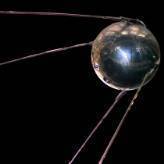
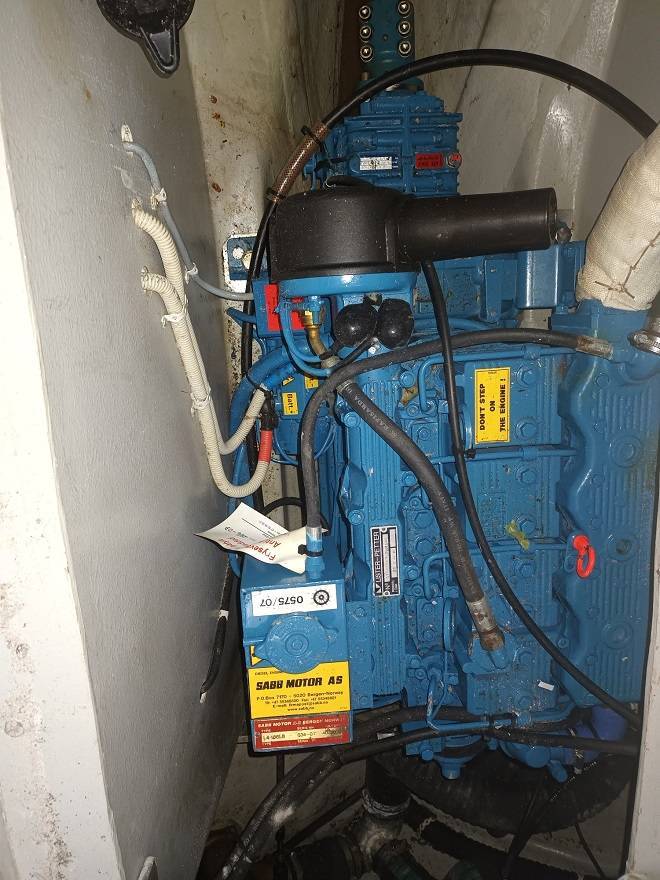
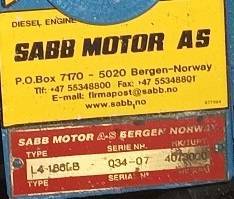
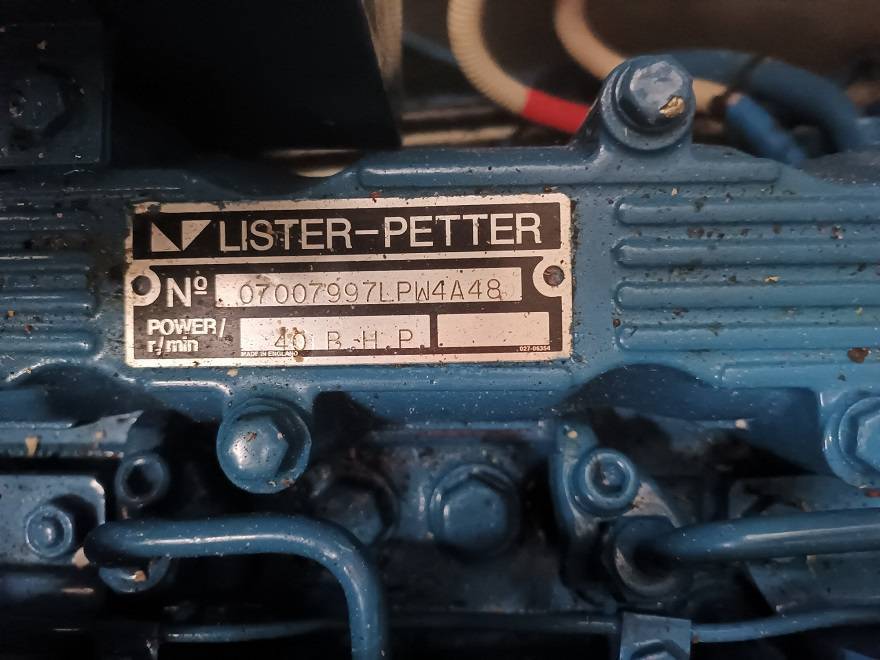

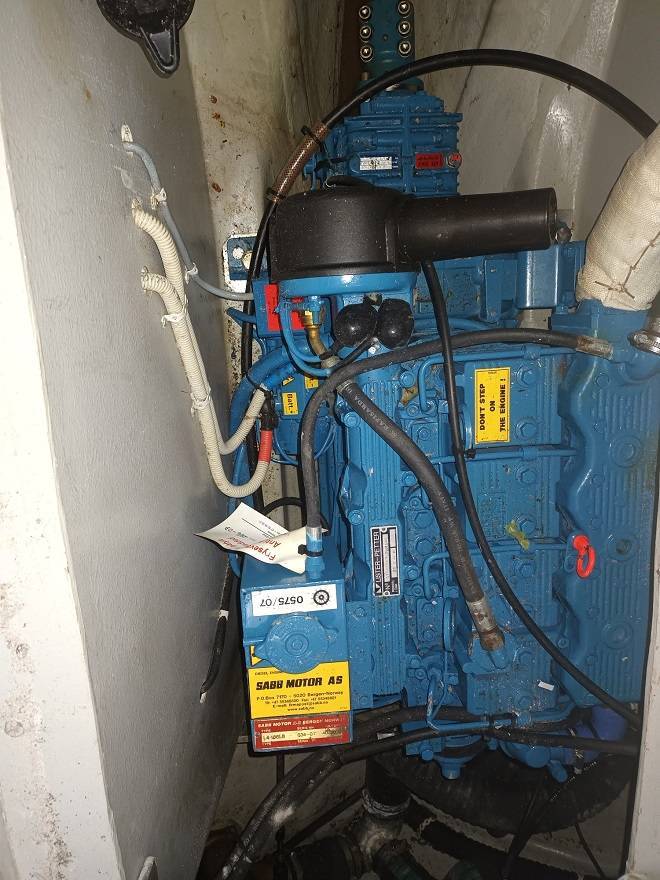
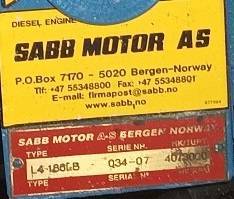
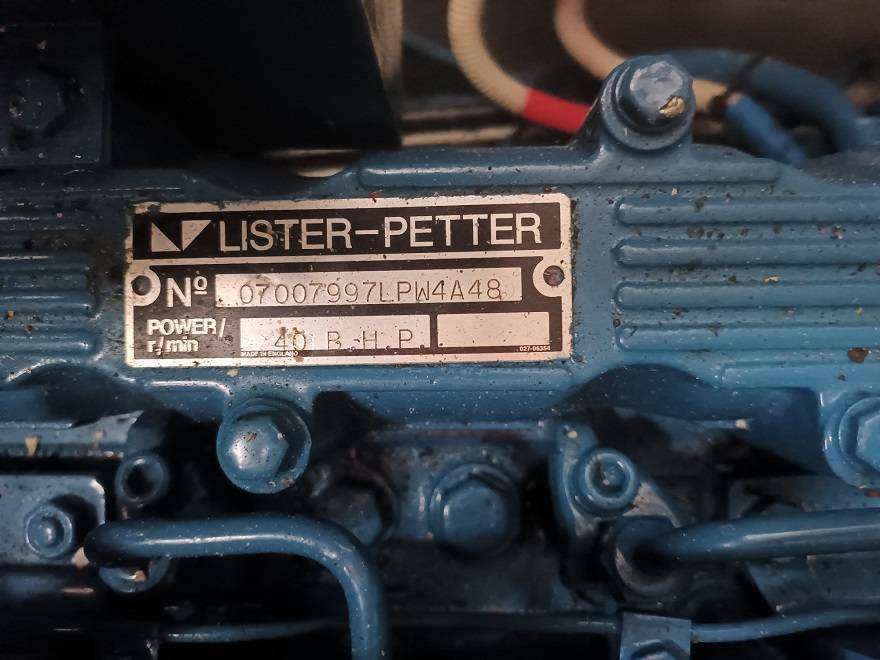
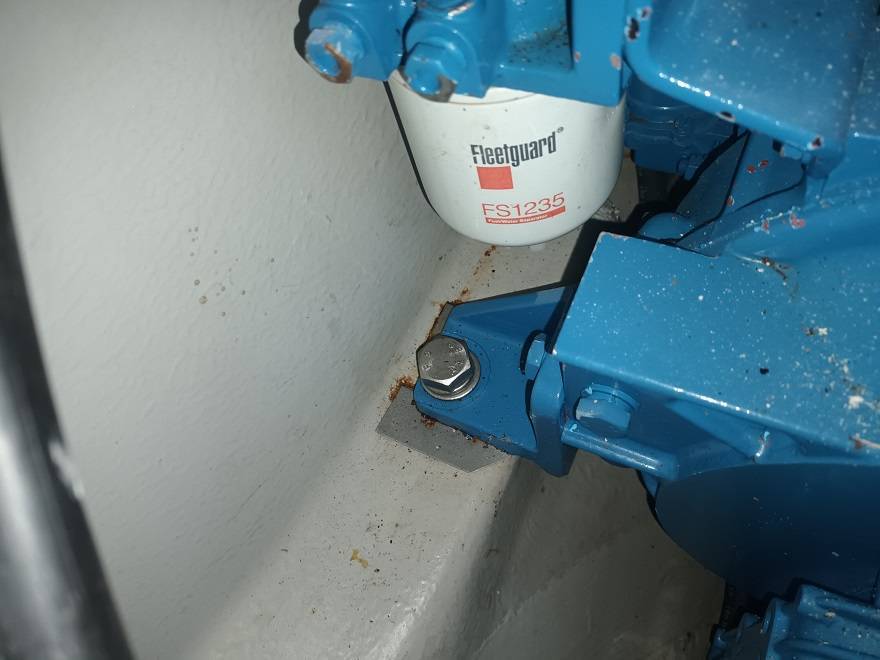
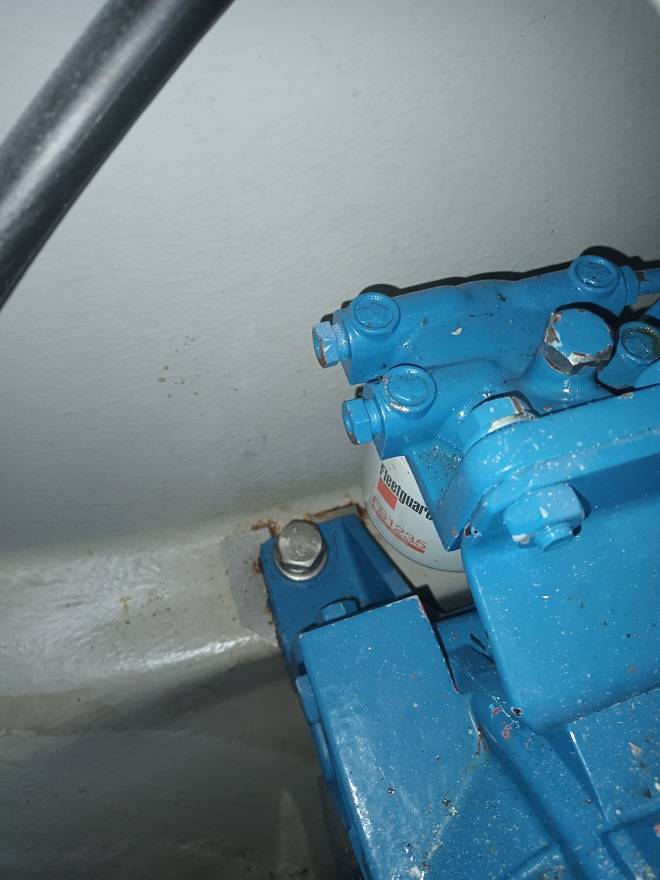
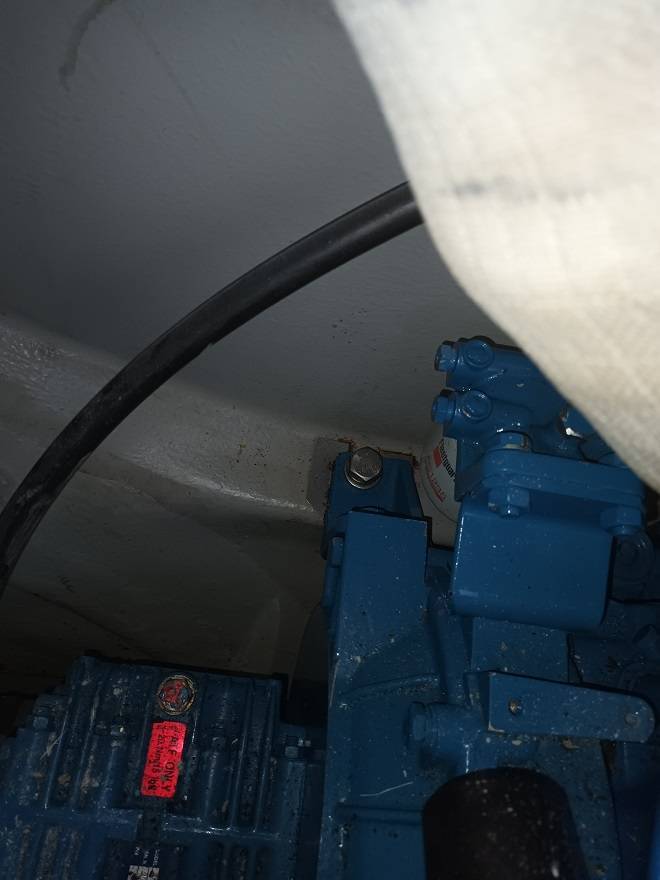
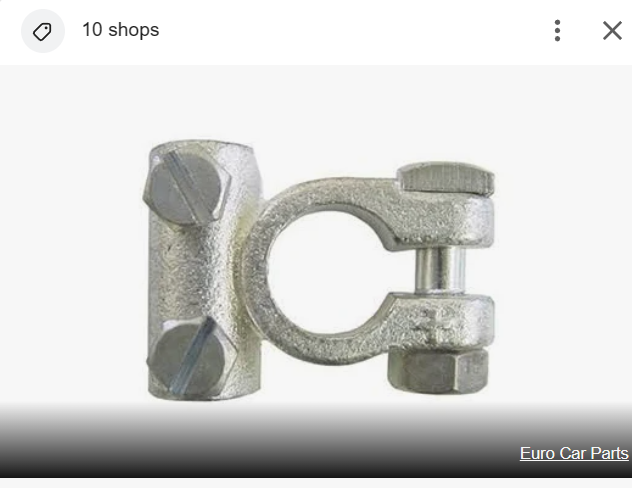


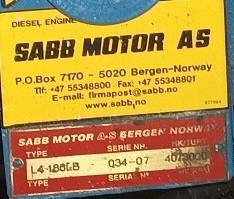

![20210309_174645[1].jpg](https://www.canalworld.net/forums/uploads/monthly_2021_03/915657177_20210309_1746451.jpg.fdc1f9279ad82ed3ce48886573f3443a.jpg)
Releasing air lock via the first fuel filter
in Boat Building & Maintenance
Posted
Great.
I'll have to feel my way to it, if it's even lower than the fuel pump.
Access it terrible on these boats, but with that photo it should be ok.
Thanks a lot Tony